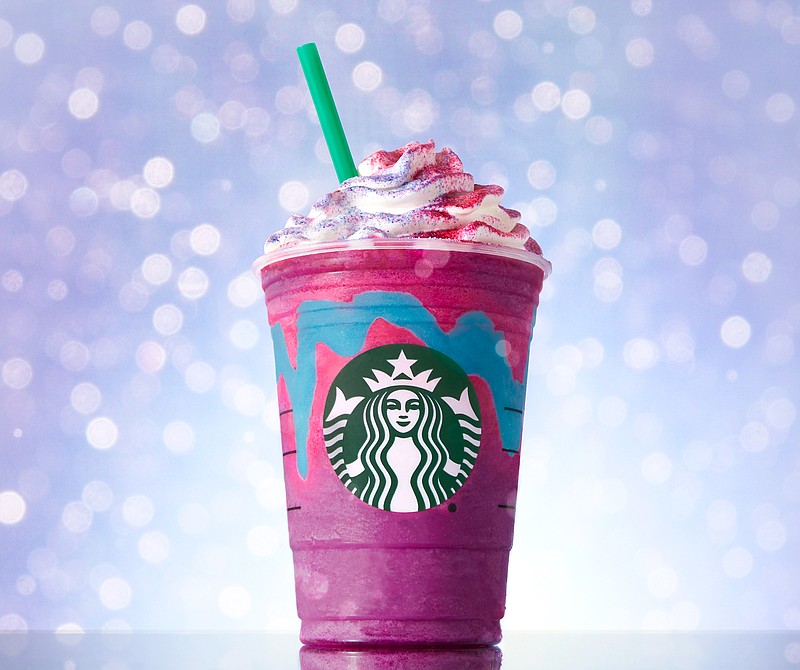San Francisco-based Andrew Freeman & Company, a consulting firm for the restaurant and hospitality industry, recently released its 2018 trend forecast, telling us what changes and innovations we can expect to see, and from the look of things, it's going to be a very tasty year.
Brooke Secor, account manager for the company's public relations department, says the process for deciding what trends will be trendy isn't difficult, but whoever's in charge of deciding what foods America will be eating "must love to eat and eat and eat some more." Plus, the process involves reading as much as possible, talking to chefs around the country and, perhaps most importantly, deciding the difference between trends and fads.
"Luckily," she says, "with our decade of experience compiling the trend report and Andrew Freeman's three decades of working in the industry from coast to coast, we have learned a few things to help us identify what will stick. It's a timely process, and lots of delicious research is required."
But, she admits, "Sometimes we hit the mark and predict trends more accurately than others."
It all involves a team of people who, in addition to research, immerse themselves in food scenes in the United States and abroad. So, one might think these trends happen in major cities only - New York, Chicago, San Francisco and the like. But no.
"We've actually seen smaller cities driving trends and becoming hubs for innovative chefs," she says, adding that this is due to several reasons. A driving factor is the cost of living. For example, it can be hard to live on a chef's salary in large cities such as San Francisco, but in nearby Sacramento, a lower housing cost makes this much less of a problem. And there's a bonus to that - it gets chefs closer to farms and local producers, paving the way for increased innovation and the flexibility to allow more creativity and experimentation.
"That said, San Francisco and New York will always be looked to for setting the bar for culinary innovation, the wine and cocktail scene," Secor notes. "And many ideas come from abroad to our coasts first before migrating into the rest of the country."
Here's a look at 10 of the top trends the company expects to happen in the United States this year.
1. Chicken. We've been buying rotisserie chicken for years. It's a great way to put dinner on the table in a jiffy and possibly have leftover to take to work the next day. But now, chefs will be introducing the versatile rotisserie chicken on their menus due to the fact that its easy on operations and the wallet. They're also perfect for delivery and takeout. Also, fried chicken and chicken sandwiches will be embraced as affordable comfort food.
2. Fine casual. Think upscale counter service - and even table service - with unexpected touches like a wine bar and optional tasting menu.
3. Israeli cuisine. This cuisine is deep and vibrant and may prove to be the cuisine of the year with restaurants such as Zahav in Philadelphia and Shaya in New Orleans getting national acclaim with such offerings as shakshuka at brunch and sumac-spiced doughnuts for dessert.
4. Colorful food. We're all pulling out our smartphones to snap pictures of our meals to share with friends, so now restaurants will be making their dishes more photo-friendly by adding edible flowers as a garnish or pastel-colored ice creams for dessert. Picture Starbucks' Unicorn Frappuccino - it starts as a sweet purple and blue drink, then changes to tart and pink when it's stirred. Magical - and colorful.
5. Vegetable entrees. No-meat Mondays are still trending, so we can expect to see restaurants offer more vegetarian-friendly main courses, such as rotisserie cauliflower, jackfruit tacos and hominy ceviche in the coming year.
6. Contemporary regional Mexican and Chinese. South-of-the-border and Asian restaurants are on every corner, and most have offered similar menus. To compete, we'll see restaurants taking a new approach, offering dishes specific to one region, such as one of Mexico's 31 states or their subregions. The same is true with Chinese cuisine, the company says, pointing to specific areas, including Shandong province and Beijing.
7. Pizza. Pepperoni is here to stay but may have to make room for globally inspired pies. How about a General Tsao's pizza or one with a Swedish touch of bananas and curry?
8. Nostalgic foods. There's always a place for nostalgia in our diets - those foods that go beyond comfort in bringing memories of our childhood to our plates - chicken nuggets, tater tots, edible cookie dough. And now they're showing up in unexpectedly refined places with menus that might also include upscale meatloaf, deviled eggs and the like.
9. Jewish-style deli. In keeping with the predicted influx of Israeli cuisine to our menus, delicatessens featuring corned beef, pastrami and smoked fish are opening around the country.
10. Adjacent wine bars. Restaurants are taking over neighboring spaces or dividing existing ones to add wine bars with limited menus that allow guests to stop by for a drink and/or bite without committing to a full meal.
That's one trend that's happening in Chattanooga. Have you been to Robar, adjacent to Blue Plate Diner, to pair its delicious sliders with a nice glass of wine, or The Foundry Lounge, right off the dining room of Broad Street Grille, where you can have a good choice of wines and a California wrap with a side of smoked gouda mac and cheese?
Contact Anne Braly at abraly@timesfreepress.com.

